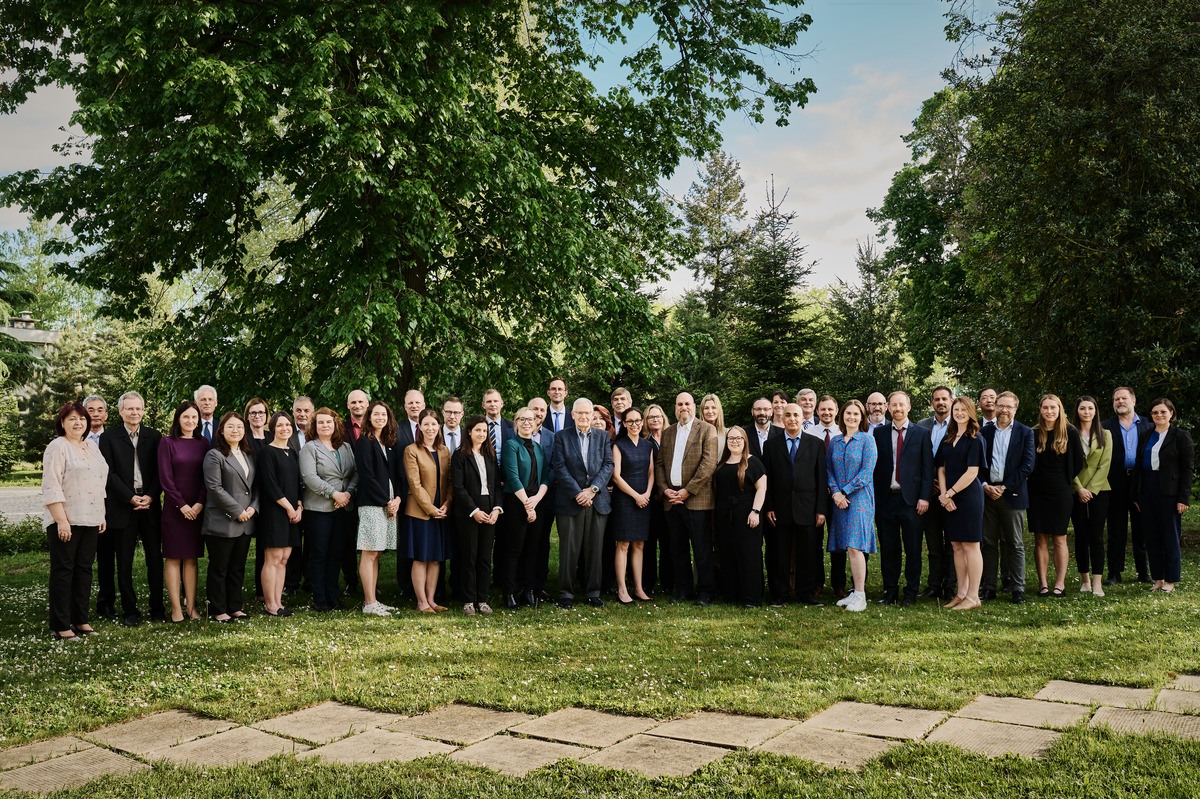As prepared
Thank you, Rose. Today is the product of a lot of hard work since Under Secretary Gottemoeller announced the formation of the International Partnership for Nuclear Disarmament Verification (IPNDV) last December. Thanks also for your leadership, without which, today would not have been possible.
It is a happy coincidence that we are gathered today in a building named for our 40th President, Ronald Reagan. Thirty-one years ago President Ronald Reagan pronounced clearly and with conviction that “there can be only one policy for preserving our precious civilization in this modern age. A nuclear war can never be won and must never be fought.”
President Reagan’s belief became the basis for pursuing serious nuclear arms reductions on a bilateral basis between the United States and the Soviet Union, and later with Russia. Of course his ultimate conclusion was that to achieve a future world in a state of abiding peace, where all countries can thrive in conditions of what we often call “mutually assured security,” nuclear disarmament must be our ultimate goal – a world without nuclear weapons.
President Obama took the torch and carried it forward in Prague and again in Berlin, reaffirming our commitment to the peace and security of a world free of nuclear weapons. President Obama acknowledged that reaching this goal will not be easy and may not be achieved in his lifetime.
But, the goal of a world without nuclear weapons is as relevant today as it was in the darkest days of the U.S.-Soviet nuclear arms race when inspired leadership was all that stood in the way of cataclysm.
Understanding the hard lessons of the Cold War, the challenge we face now is not one of ambivalence towards disarmament, but rather how to realize this long-standing goal in a manner that enhances international peace and security.
Verification is the indispensable component in reaching that goal. Regardless of the political and diplomatic decisions that are made in the future, verification of nuclear weapons will become increasingly complex at lower numbers. At the same time, requirements for accurately determining compliance will increase dramatically.
As we will hear today, the United Kingdom and Norway have already pioneered this type of work. It is our hope that the IPNDV will build on the spirit of that experiment to create a non-traditional partnership that draws on the expertise of talented individuals around the world, in both the public and private sectors.
We are also pleased to be working with a partner like the Nuclear Threat Initiative. The intellectual energy and resources that they are bringing to the project will be so important to our success.
As I said, future steps in nuclear disarmament are expected to pose significantly more complex and intrusive verification challenges than past steps. Success in addressing future verification and monitoring challenges will be dependent, in part, on the development and application of new technologies or concepts. Make no mistake, we are facing some truly formidable technical challenges that must be overcome. Addressing these challenges, and finding solutions, is the bridge that spans the gap between the aspiration of nuclear disarmament and the fulfillment of nuclear disarmament.
Every nation on Earth has an interest in the success of these efforts. That is why the United States did not want this to be an area of engagement confined solely to the NWS. A larger, more diverse group of states with technical expertise in nuclear verification or the related sciences will contribute to the discussion and provide a broader intellectual basis for determining solutions. After all, the Nonproliferation Treaty makes no distinction between the NWS and NNWS when it comes to the obligation to pursue disarmament.
Everyone who shares the goal of a world without nuclear weapons should devote time and energy to address this challenge right now. Only through this upfront investment in the tools and technologies to verify nuclear weapons and associated items at lower numbers can we reap the reward we all seek. And it is on this that the International Partnership for Nuclear Disarmament Verification is premised.
The idea of a broad-based, international collaboration to identify and address these technical challenges has been proposed by multiple individuals and organizations. But today, in this room, for the first time, countries are set to embark on that very path.
And not just countries with nuclear weapons and nuclear weapons programs, but countries without them – countries that have, in fact, forsworn them.
There are many reasons why this type of “mixed” group of states is better equipped to address these challenges than one with only nuclear weapons states. Most importantly, a multilateral disarmament regime must achieve multilateral confidence in the effectiveness of its verification methods. It is not likely this kind of confidence is even possible absent truly joint, international research and development of the concepts and technologies that undergird its operation.
As we move forward today, we need to keep in mind that while not all research and development efforts end in success, few big innovations start without big ideas.
The nuclear weapon states currently have the most knowledge and experience regarding the specific technical challenges facing us, they have begun the process of disarming and continue to do so.
The proof of U.S. progress on disarmament is in the numbers. At the height of Cold War tensions with the former Soviet Union, the United States stockpile consisted of 32,000 nuclear warheads. Decades of bilateral arms control treaties and agreements have slashed that number by 85%, retiring whole groups of weapons along the way.
Some might conclude that this is really just a job for the nuclear weapon states. But as the numbers of nuclear weapons go down, and the objects to be verified are smaller, the need for confidence will become increasingly difficult to address. We will need trained scientists and engineers from all over the world to help contribute to the solutions. We might suppose that innovation is the sole domain of those experts that have the most experience with the “questions” being addressed. But if we do, we are on shaky ground as we know the opposite is usually what holds true.
Going forward, we look to, and can expect great contributions and ideas from our non-nuclear weapons states colleagues, as well as our nuclear weapons states colleagues. Over the next two days I look forward to your presentations, your comments and your ideas. The success of this group depends entirely on the vigorous engagement of its members, focusing on the technical issues at hand. I hope we will leave here on Friday ready to implement a partnership that can achieve some very good, useful things.
I have mentioned more than once how excited I am about this international partnership; about its potential. I have good reason and I believe you will, too. On behalf of the United States, and NTI, I would like to thank you for being willing to join this initiative and for traveling here for the “kick-off” meeting.





